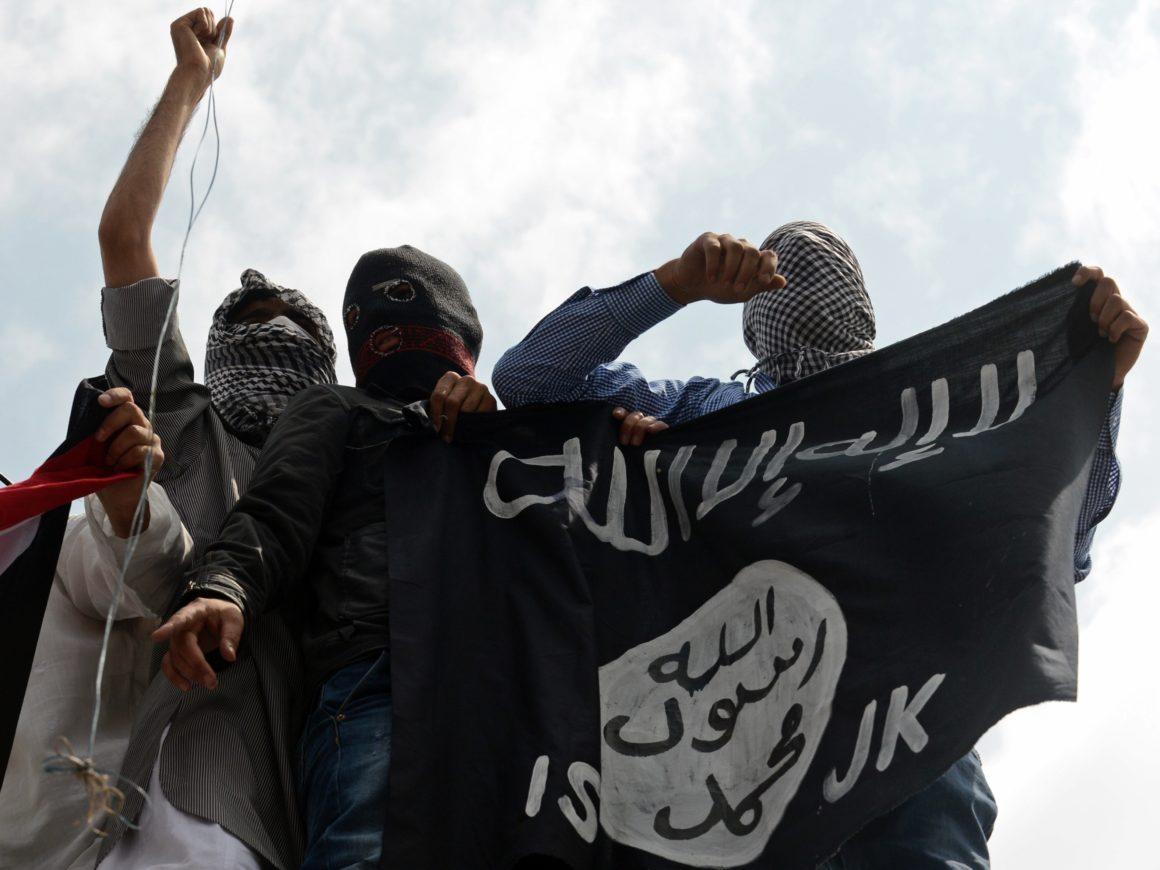
Assad-ISIS Collusion Threatens US and Its Allies
Since an ISIS commander admitted in a January 2023 video to tracking targets on a hit list created by President Bashar al-Assad’s security services, fears have spread across northern Syria that the regime has recruited the region’s top terror group to take down its remaining foes.
One likely target is the Kurdish-led Syrian Democratic Forces (SDF), the main fighting force in the US-led coalition against ISIS, which maintains two major camps for former ISIS fighters. Several hundred US troops are in northeast Syria, mainly advising and working alongside the SDF.
US support for the SDF has long been a point of tension between Washington and its NATO ally Turkey. Ankara views the SDF as an extension of the Kurdistan Workers’ Party (PKK), which operates inside Turkey and is considered a terrorist organization by both the US and Turkey.
But relations between the US and the SDF have waned in recent years. In 2019, then-President Donald Trump withdrew US forces from the Syrian border, effectively greenlighting Turkish military operations against Kurdish forces in northeastern Syria.
In recent years, repeated Turkish airstrikes and drone strikes on the region have been met with a muted response from Washington.
This has pushed the SDF to turn towards Russia and the Syrian regime for security guarantees. According to SDF commander Mazloum Abdi, Russian-brokered mediation efforts between the SDF and Damascus are ongoing. Regime forces have already moved into SDF-controlled areas in the northeast to bolster security.
Turkey-Syria Ties
At the same time, Turkey is also looking to make a deal with Assad. This marks a major U-turn in Turkish foreign policy given Ankara’s long support for anti-regime rebels during the civil war.
While low-level talks have taken place in recent years, pressing domestic considerations and changing geopolitics, including a pivotal May election in Turkey, are likely behind the recent public overtures.
Turkish President Recep Tayyip Erdogan is facing mounting pressure amid rising anti-refugee sentiment and years of economic turmoil, while removing the SDF from the region bordering Turkey remains a key regional objective.
“I think a willingness to go down the normalization route with Assad in order to constrain the SDF is a tactic Turkey may resort to because of decreased capacity to squeeze the SDF militarily on their own,” James Ryan said, director of research and the Middle East Program at the Foreign Policy Research Institute.
This is partly a result of the February 6 earthquake, which has sapped public appetite in Turkey for further military excursions in Syria, and partly due to a similar unwillingness on the part of Russia and the US to cooperate with Turkish desires to aggrandize more of Syrian territory.
“I doubt any of this happens before the May elections, but if it does, it will likely be billed as an altruistic gesture on the part of Erdogan, who has some interest in portraying himself globally as a peacemaker,” Ryan said. “When, instead, it signals Turkey’s decreased appetite and capacity for military action in Syria.”
Weaponizing ISIS
If Turkey compromises with Assad and allows him to regain control of northern Syria, the result could be similar to that in Daraa. The Assad regime could look to weaponize ISIS fighters in the northeast to attack a joint SDF-US gathering, both pleasing Turkey and sealing that friendship by pushing back the SDF and possibly spurring a US withdrawal.
Equally concerning is the prospect of thousands of ISIS fighters under the control of the Syrian regime. Only this week, a top US Middle East commander described those detained as a “veritable ‘ISIS army in detention.’”
Charles Lister, senior fellow at the Middle East Institute, pointed out that Assad has a record of exploiting morally questionable actors for his own ends and has enabled Sunni jihadist groups since the 1980s. Following the US-led invasion of Iraq in 2003, Assad encouraged the flow of foreign fighters into Iraq to join al-Qaeda, helping create ISIS.
In 2011, amid the growing protest movement, the Assad regime released several jihadists from prison, including Amr al-Absi, who would later become a top ISIS official.
The regime has released several more key ISIS figures in the years since
Syrian Influence
Now, with the war possibly nearing its conclusion, what’s to stop Assad from using a similar move to defeat his foes?
“If ISIS were to be instrumentalized,” Syria analyst Malik al-Abdeh said, “US interests would be high on a list of targets.”
An American withdrawal from northeast Syria would spur an exodus of all those unable to live under the regime or Russian control, added Natasha Hall, a senior fellow with the Middle East Program at the Center for Strategic and International Studies.
This would likely further destabilize southeast Turkey still reeling from the devastating February earthquakes that killed nearly 50,000 people.
Meanwhile, the regime would gain full control of the country’s oil and agricultural resources and the estimated 10,000 ISIS supporters in SDF-run camps.
“Having control of thousands of ISIS members and sympathizers would dramatically increase the Syrian regime’s influence over the world, not just neighboring countries,” said Hall. “That should be of grave concern.”
Source » thedefensepost





